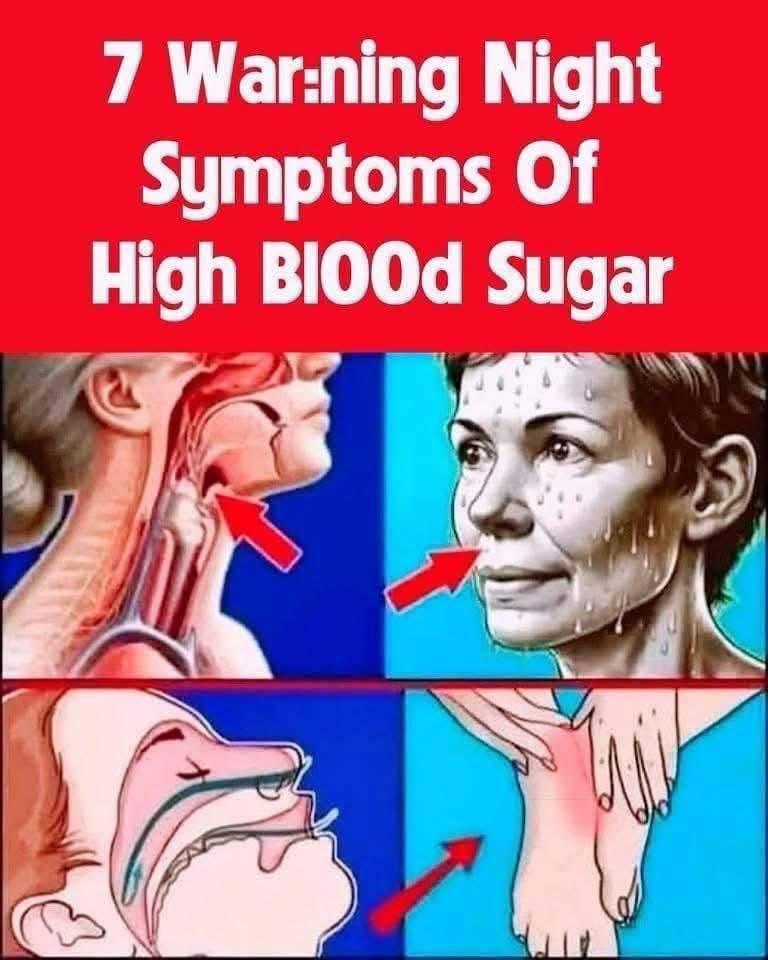I never knew this!
The World Health Organization defines hyperglycemia as high blood sugar—over 7.0 mmol/L (126 mg/dL) when fasting, or over 11.0 mmol/L (200 mg/dL) two hours after eating. It typically affects people with diabetes and is caused by insulin resistance or the destruction of insulin-producing cells.
Early signs of high blood sugar are crucial to recognize to prevent serious complications.
Constant thirst occurs as the kidneys try to flush out excess glucose, leading to dehydration.
Increased hunger happens when sugar can’t enter cells, causing the brain to signal for more food.
Chronic fatigue results from cells being deprived of energy.
Blurry vision and headaches may occur due to fluid buildup in the eyes.
Tingling or numbness in the hands and feet can indicate nerve damage.
Skin tags and small skin bumps (eruptive xanthomatosis) may appear due to high triglyceride levels linked to hyperglycemia.
Recognizing these symptoms early can help manage the condition effectively.







Post Comment